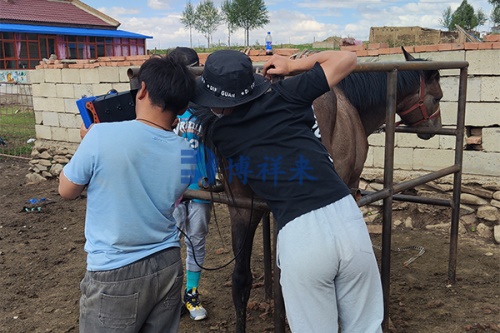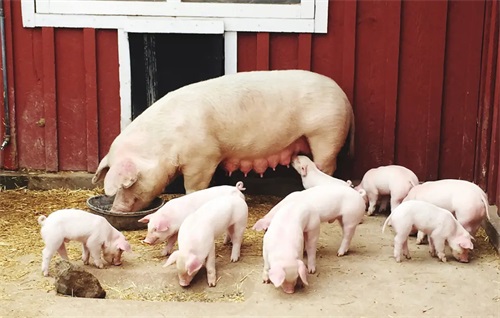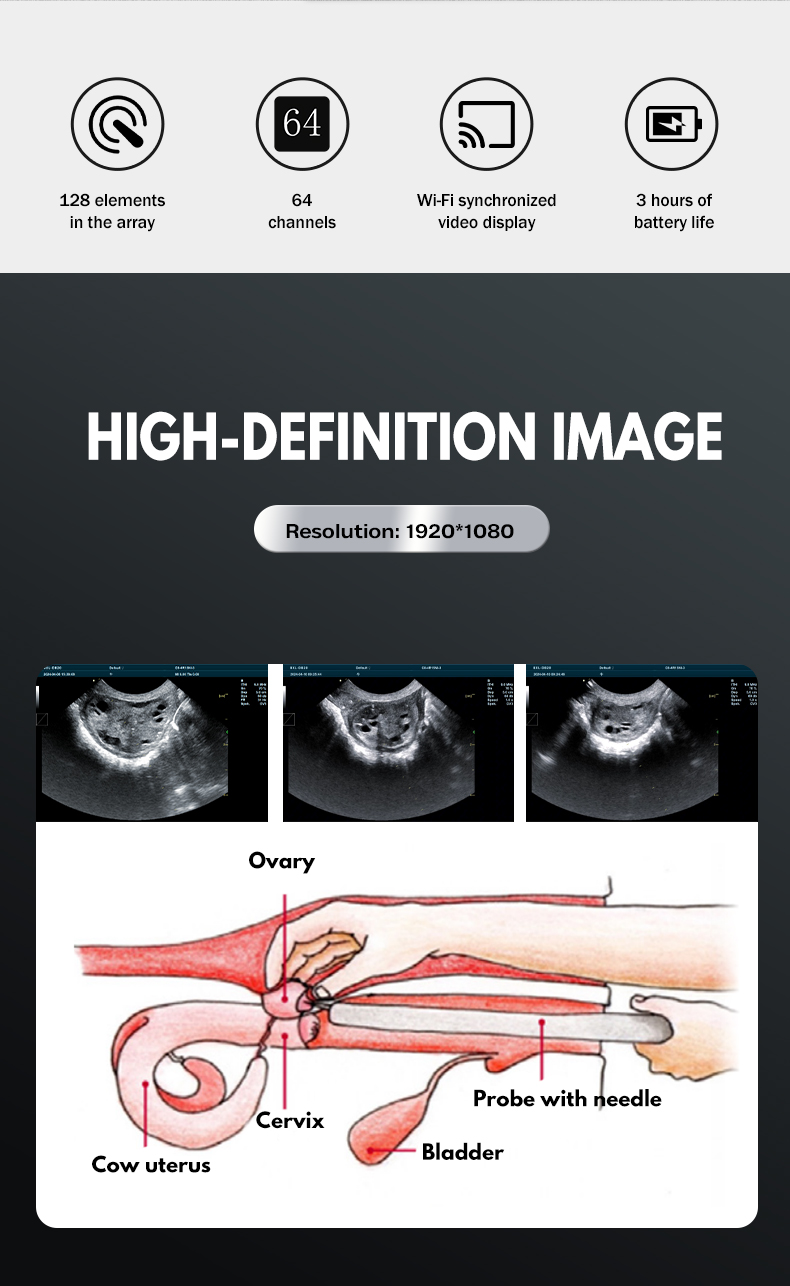From Cattle to Goats: Versatile Use of Portable Ultrasound Devices
In recent years, the integration of portable ultrasound devices into livestock management has revolutionized the way farmers, ranchers, and veterinarians monitor animal health and reproduction. No longer confined to large veterinary clinics, ultrasound technology is now compact, affordable, and rugged enough for field use—making it an essential tool for livestock owners who work with animals ranging from cattle to goats.
Portable ultrasound units are being used across the world to improve efficiency and decision-making in both commercial and smallholder farming operations. Whether it’s detecting early pregnancy in dairy cows, assessing fetal development in meat goats, or diagnosing reproductive issues in breeding bulls, these tools are offering unprecedented insights on-site and in real time.
Understanding Portable Ultrasound in Livestock
Portable ultrasound devices use high-frequency sound waves to generate real-time images of tissues and organs within animals. For reproductive management, the transducer (probe) is usually inserted rectally in large animals like cattle, or placed externally on the abdomen in smaller species like goats and sheep.
Modern units come with durable touch screens, rechargeable batteries, and intuitive interfaces. Some models are even compatible with mobile phones and tablets, allowing images to be shared instantly with remote veterinarians for telemedicine consultations.
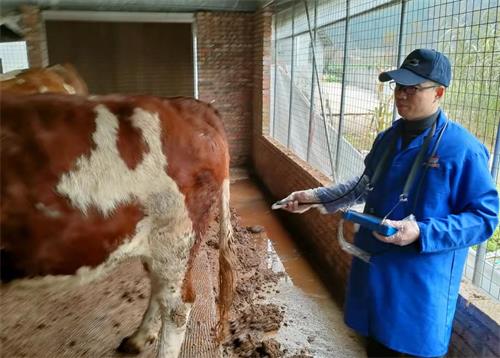
Application in Cattle Farming
Cattle breeders rely heavily on timely and accurate pregnancy diagnosis to optimize herd productivity. Traditionally, manual palpation or waiting for signs of calving could delay management decisions. With a portable ultrasound device, pregnancies can be detected as early as 28 days post-breeding, allowing producers to cull non-pregnant animals sooner, reduce feed waste, and improve calving intervals.
Ultrasound also provides insights beyond simple pregnancy detection. It can reveal the presence of twins, fetal heartbeat, and approximate gestational age. For dairy farmers, early confirmation of pregnancy can help manage milk production schedules more effectively. In beef operations, portable ultrasound is often used in breeding soundness exams for bulls by evaluating testicular morphology.
Use in Goat and Sheep Management
While cattle are perhaps the most obvious candidates for ultrasound use, small ruminants such as goats and sheep also benefit greatly from this technology. These animals often have shorter gestation periods and are more prone to reproductive complications, making timely diagnosis critical.
In goats, portable ultrasound allows for accurate pregnancy checks around 30–40 days post-mating. Identifying whether a doe is carrying twins or triplets helps farmers tailor feeding regimens to prevent pregnancy toxemia, a common condition in late gestation.
In sheep, particularly in intensive lambing operations, portable ultrasound can help schedule lambing more precisely, enabling better labor planning and reducing losses due to mismatched nutrition or unattended births. Furthermore, it helps separate pregnant ewes from open ones early in the season, saving valuable resources.
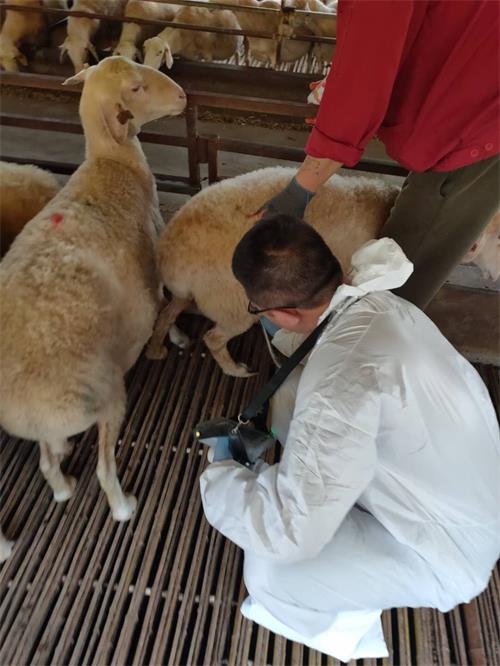
Training and Ease of Use
One of the biggest advantages of today’s portable ultrasound devices is their user-friendliness. Many models feature pre-set settings for various species, making them accessible even for farmers with limited veterinary experience. Basic training can be completed in a few hours, and some manufacturers offer mobile apps or online courses to help users interpret images confidently.
However, practice is essential. The quality of the ultrasound image and the accuracy of the diagnosis depend on correct probe placement, sufficient contact (often with ultrasound gel), and familiarity with anatomical landmarks.
Cost and Return on Investment
While the initial investment in a portable ultrasound machine may seem high, the long-term savings and productivity gains far outweigh the cost. By identifying non-pregnant animals earlier, reducing reproductive losses, and optimizing nutritional strategies, farmers can recoup their investment quickly.
For example, reducing even a small percentage of open animals in a herd of 100 dairy cows could represent thousands of dollars in saved feed and improved calving rates. In goat herds, being able to plan for higher multiples can reduce neonatal mortality and increase the number of kids weaned per year.
The Future of On-Farm Ultrasound
Looking ahead, advances in artificial intelligence and wireless technology are set to make portable ultrasound even more powerful. Some systems already feature automated image recognition that can assist with fetal age estimation or detect ovarian structures. Integration with herd management software also allows for seamless data logging and trend analysis over time.
Moreover, as more small-scale farmers adopt these tools, we can expect improved animal welfare, better reproductive performance, and more sustainable farming systems globally.
Conclusion
From large-scale beef cattle operations to family-run goat farms, portable ultrasound devices are transforming how livestock producers manage reproduction and health. Their adaptability, precision, and portability make them an invaluable addition to modern animal husbandry practices. Whether you’re scanning a Holstein in the barn or checking a Nubian doe in the pasture, the future of smart farming is in the palm of your hand.

